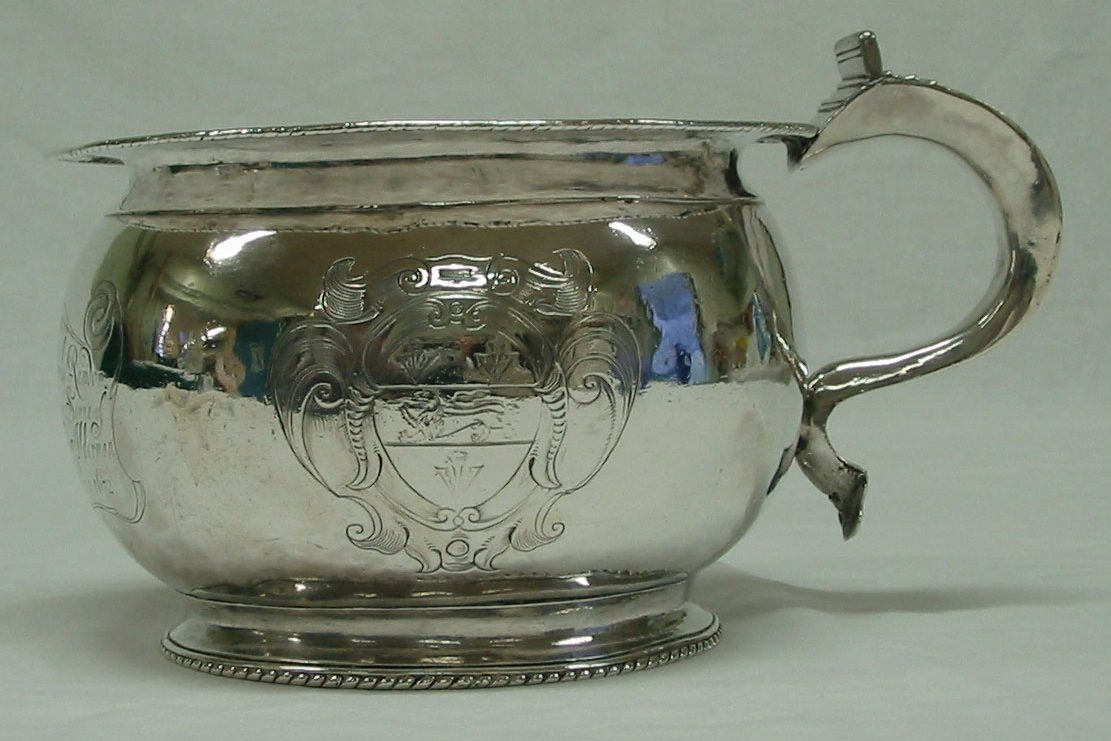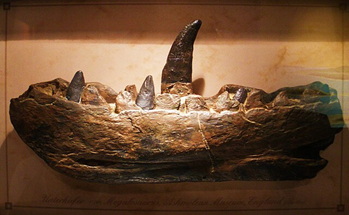The smellier side of the Stuarts in Oxford
A former Oxfam employee recalls a visit by the queen to the charity’s Summertown offices in the late 1990s. ‘We had to have a brand new toilet and washbasin installed,’ he says, ‘in case she needed to go. The queen can’t use a toilet someone else has sat on.’
Royal visitors in previous centuries were less squeamish. During the plague year in London (1665) the court of Charles II decamped to Oxford for the summer. The king and his ministers lived at Christ Church College, the queen and her entourage at Merton. Anthony à Wood, a local historian of the time, complained in his diary: ‘Though they were neat and gay in their apparell, yet they were very nasty and beastly, leaving at their departure their excrements in every corner, in chimneys, studies, colehouses, cellers. Rude, rough whoremongers; vaine, empty, careless.’ Horrible Histories puts it even more graphically. The court was filthy not only in its habits, but also in its morals. Later that year Charles’ mistress, the Countess of Castlemaine, gave birth to the king’s illegitimate son. The countess was part of the queen’s court at Merton, where an outraged Fellow pinned an obscene poem (in Latin and English) to her door.
To be fair, disposal of human waste was not easy in the seventeenth century. Poorer households threw it into the street while more affluent ones might have a cesspit in the cellar, but the contents still had to be removed, often through the house. In royal palaces, human excrement piled up in underground chambers until it could be taken away. This accumulation of rubbish and sewage was one of the reasons why the Tudor courts went ‘on progress’ from one palace to another in the summer months.
Charles II was not the first Stuart king to live at Christ Church. In 1642, during the Civil War against Oliver Cromwell and the Parliamentarians, Charles I made Oxford his capital. This turned the city into a garrison town, filled with troops and preparations for battle. The university supported the king, and New College was made into a munitions workshop. But local people, who mainly favoured the Parliamentarians, were not happy. They were taxed for funds, required to recycle their metal possessions for manufacture of weapons and coins, and had to provide lodgings for the king’s followers. The presence of the court and the military meant that the town was overpopulated. Human and animal waste piled up in the streets and in 1643 this led to a typhus epidemic in the city. You can find out more about the Oxford court of Charles I, and typhus outbreaks in the city, from short videos and displays in the Museum of Oxford.
Written by volunteer Jane Buekett.
Want to write your own Oxford-inspired post? Sign up as a volunteer blogger.
You can learn more about what life was like in Oxford during the English Civil War by watching this YouTube video, produced in partnership with Royal Holloway’s History Hub as part of the Citizen 800 project.
Image: Charles II chamber pot made by Marmaduke Best, York, c. 1671 © Mansion House York, reproduced under Creative Commons licence.



